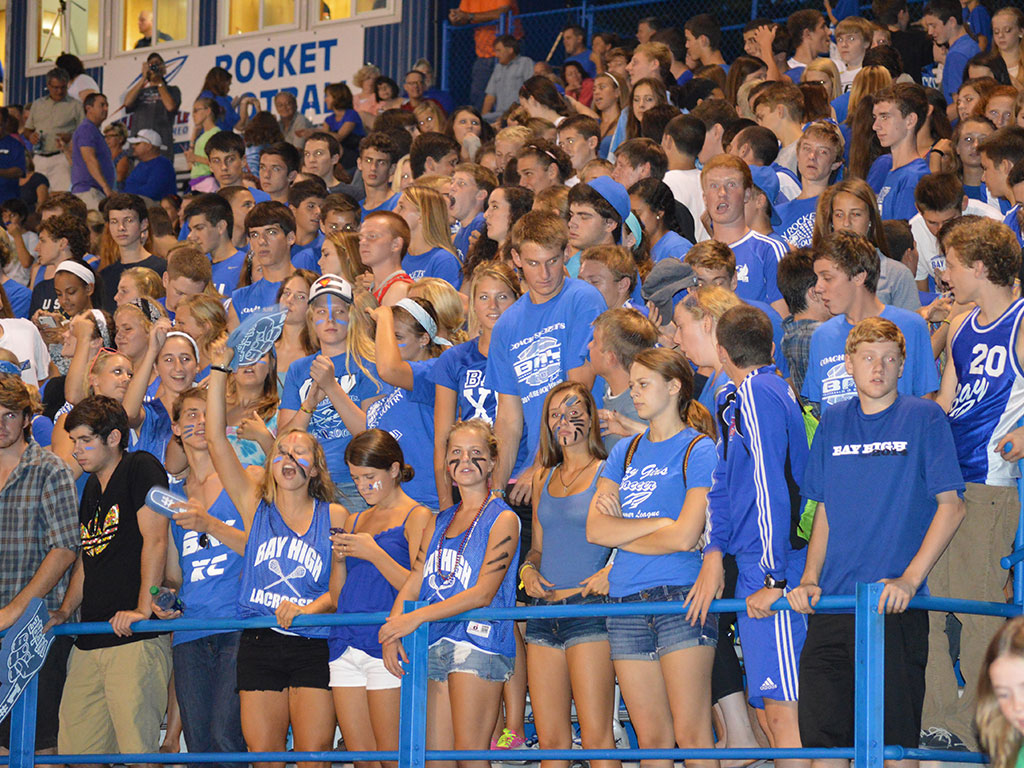
Sport sponsorship can be done in many ways and at many levels. Superbowl sponsors paid over $5 million for a 30 second spot in 2019. For a more integrated sponsorship? Try multiplying that by 5x. Local high school sports sponsorships can be done for under $10,000. Both are very different, so where do you begin to compare these apples and oranges?
Luckily, one of the smart minds at University of Massachussetts Amherst asked the same question and made it the focus of a doctoral dissertation. Jakem Koo set out to find the difference in consumers’ perceptions in “Mega Versus Local Sport Sponsorships” (2016).
TLDR? Here are some great takeaways:
1. The perceived goodwill of a brand is greater when it supports a smaller sporting event as opposed to a mega sporting event. Consumers are more likely to question the motive of a brand sponsoring a large event and possibly assume their are doing it more for brand awareness rather than for the sake of showing support the event.
2. The longer the the sponsorship at the local level, the better. Brands who sponsored local sporting event with a long contract duration created the most perceived goodwill.
3. Sponsor-event congruence doesn’t tend to matter as much at the local level. According to Koo “The incongruity between a sponsor and a small event may be acceptable because people realize that the sponsor allows the event to occur.” However, incongruity at the mega event level sticks out more and seems more “forced.”
4. Goodwill affects purchase intention indirectly and consumers truly recognize a brand’s goodwill when the sponsorship actually benefits the team or entity it is sponsoring.
5. Participant-based sponsorships create more perceived goodwill than spectator-based sponsorships. According to Koo, “The primary goals of participant-based sponsorships are to associate the sponsoring brand or product with the lifestyle, beliefs, institutions, and culture of a target audience.” Participants feel that the sponsors are there to help them participate in the event whereas sponsors at spectator-based events are most focused on brand awareness and selling their product.
6: Local sponsorships may reach a fewer number of people, however they also allow for better targeting by brand marketing professionals. For example, because EVERYBODY is likely watching the Superbowl, it is difficult to confine your message to your preferred target group. However, for high school sporting events, the audience is pretty well-defined and it contains teens along with married couples/families.
Summary: There are many benefits to local sport sponsorships that are simply not achievable via larger “mega-events.” Brands can generate the best image and goodwill from executing long-term sponsorship of participant-based events, all at lower costs.
Sources:
Koo, Jakeun, “Mega Versus Local Sport Sponsorships” (2016). Doctoral Dissertations. 725.
 Skip to content
Skip to content
